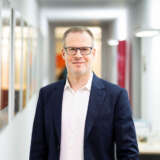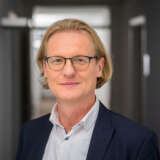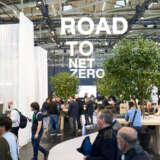From AI to sustainability: seven trends in the German trade fair industry
The 25-headed AUMA team is observing the German and international trade fair landscape on a daily basis. The team meets trade fair experts on the part of exhibitors, visitors and organisers as well as key players in politics and the media. AUMA has distilled seven insights from surveys, observations, and discussions.
Jörn Holtmeier has headed AUMA since 2020 and is driving the association’s modernisation as the political voice of the trade fair industry.
© AUMA | Steffen Kugler
AI
is becoming increasingly important for the organisation of future trade fair appearances. From planning to visitor management and personalised communication - artificial intelligence drives efficiency and innovation. Among German trade fair organisers, 70 per cent use AI applications for their work. Most recently, this figure was 55 per cent. At the same time, three quarters of respondents see the integration of AI as a key challenge. According to the AUMA Exhibitor Outlook 2025/2026, 48 per cent of exhibitors also consider it to be crucial. Virtual reality and the Internet of Things complement this trend: VR plays a role above all for large companies and in the retail sector, IoT for capital goods trade fairs. AR glasses are used for immersive brand experience. Such technologies bring complex content to life. At the same time, personal encounters and trustworthy, verified information by human beings are becoming much more important. Direct dialogue at trade fairs is becoming a valuable counterpoint to the digital perspective.
Dynamics
characterise the trade fair planning of exhibiting companies in these times. Despite the ongoing economic downturn in Germany, trade fair participation remains remarkably stable overall. According to the AUMA Exhibitor Outlook 2025/2026, 57 per cent wish to maintain their trade fair presence. Only 18 per cent are planning to reduce it, while 21 per cent even opt for an increase in their trade fair appearances. This is a clear signal for the significance of trade fairs - even in the third year without economic growth in Germany. However, in view of rising costs for accommodation, travel and energy, exhibitors are responding with adapted strategies and are planning their participation flexibly and at shorter notice. Organisers are feeling the effects of this change - over 90 per cent report that the economic situation of their customers is tense. Unprecedented geopolitical volatility also presents companies with the additional task of constantly evaluating and tapping into business potential in different markets. The world is on the move - more than ever. This is reflected in trade fairs as well.
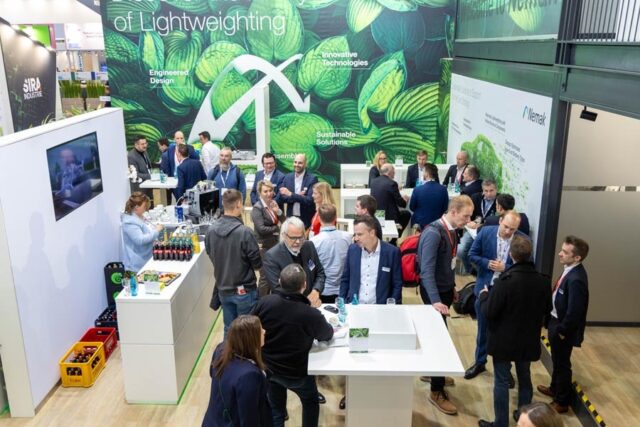
© NürnbergMesse / Frank Boxler

© Koelnmesse / Thomas Klerx
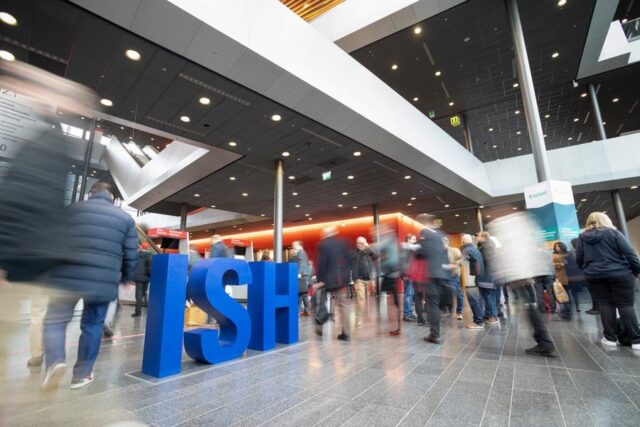
© Messe Frankfurt Exhibition / Jochen Günther
Infrastructure
operating flawlessly was long a hallmark of Germany and one of the reasons why Germany is an internationally recognised trade fair venue. However, air connections are still not at the same level as before the pandemic - one reason being high government levies. Public transport is no longer punctual in getting travellers to their destinations - with no improvement in sight for years to come. Bridges and roads resemble increasingly a steeplechase, a quick transit impossible - comprehensive modernisation is needed more than ever. The German government must now swiftly implement the infrastructure investment plans set out in the Coalition Agreement 2025 if Germany is to remain a world-leading trade fair centre.
International
is how the trade fair business of the future will continue being. Isolation is not a trend in the trade fair industry. Growth at the leading German trade fairs is currently being driven primarily by exhibitors and trade visitors from abroad. Two thirds of exhibiting companies and over a third of visitors now come to Germany from abroad. A prerequisite for this exchange is efficient, digital and unbureaucratic visa procedures - a concern that AUMA strongly advocates at the political level. After all, international participation thrives on smooth mobility with as few obstacles as possible.
As ambassadors for German trade fair quality, German organisers have been active abroad for decades. They are looking for new markets to convince them with their high level of trade fair and thematic expertise, but also to attract new target groups to trade fairs in Germany. To this end, they enter co-operation with competitors, national and international partners. Important markets are the growing trade fair centres in the Middle East, but also China, India, Brazil and some countries in Latin America. In most cases, new regional satellites are created for the leading trade fair at the German home venue. The organisers benefit from the local economy - supported by government funding programmes or strong domestic demand.
KPIs
such as visitor satisfaction and the intention to return are new trade fair key figures. They are becoming increasingly important as central indicators of trade fair success. The focus is shifting - away from pure reach towards the quality of the trade fair experience. This means that quality is becoming more important than quantitative considerations only. This development is increasingly based on AI-supported analyses of visitor data. They enable deeper insights into the behavior and interests of target groups - and thus provide valuable stimulus for the future trade fair strategy of exhibiting companies and trade fair organisers. Recommendations for action and success monitoring can thus be derived in a more precise, well-founded and customised manner.
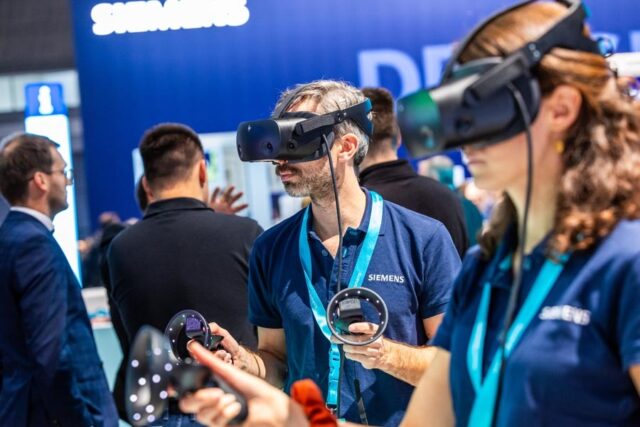
© Mesago Messe Frankfurt / Arturo Rivas
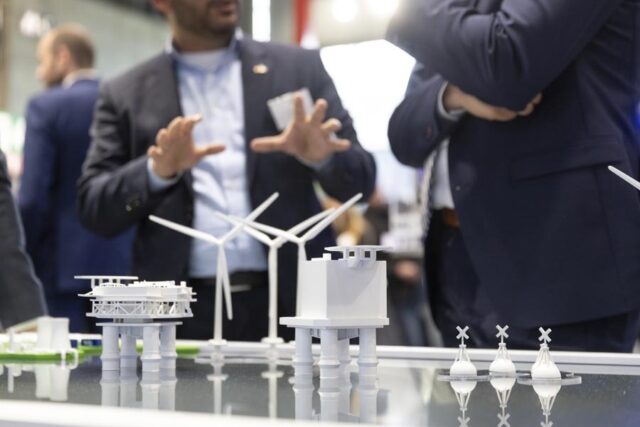
© Deutsche Messe AG
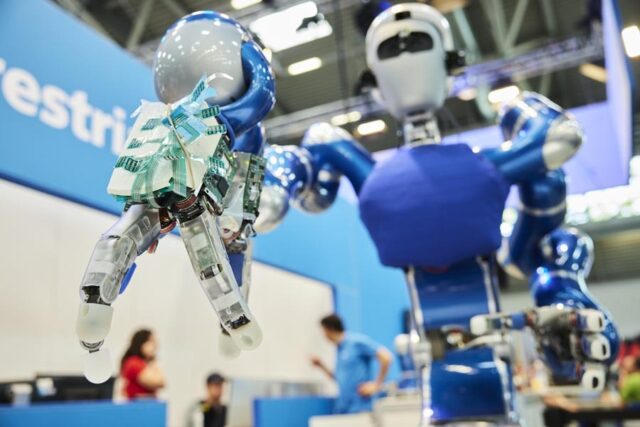
© Messe München
Optimism
characterises the spirit of the trade fair industry. While many sectors of the German economy are taking a wait-and-see approach in the face of economic uncertainty, the trade fair industry is resolutely looking ahead - once again - according to the German Economic Institute (IW). The trade fair industry is one of the few sectors that continues to expect positive economic development for its business. It is by no means indifferent to the skepticism of other sectors. On the contrary: as a service provider for the exhibiting industry, it is closely linked to its success. With impressive results, the trade fair industry once again shows that even in challenging times, new perspectives can be disclosed by optimism, inventiveness and a keen eye for opportunities.
Sustainability
has intensively determined the actions of many trade fair players for several years now - from organisers to exhibitors and service providers. With the continuous reduction of greenhouse gas emissions by 2040 the industry is tackling numerous challenges - from the use of green electricity to the use of reusable materials and the avoidance of food waste in catering. The mobility of trade fair visitors and sustainable trade fair operations and stand construction are also attracting attention. To this end, the industry is investing a substantial three-digit million sum in the infrastructure and energy efficiency of exhibition centres by 2029. Players in the trade fair industry are drawing new impetus for their commitment to greater climate and resource protection from the concept of the circular economy. Overall, it is clear that sustainability is a core task - strategically, operationally, and collectively.
Jörn Holtmeier (born 1978) has been Managing Director of the Association of the German Trade Fair Industry AUMA since the beginning of 2020. Previously, the business administration graduate held various positions at Daimler AG. He gained international experience as a Congressional Fellow in Washington, D.C., among other things. Holtmeier has been a member of the jury for the German Sustainability Award in the trade fair category for the past three years. He is currently Chairman of the Associations’ Committee of the Global Association of the Exhibition Industry (UFI)
